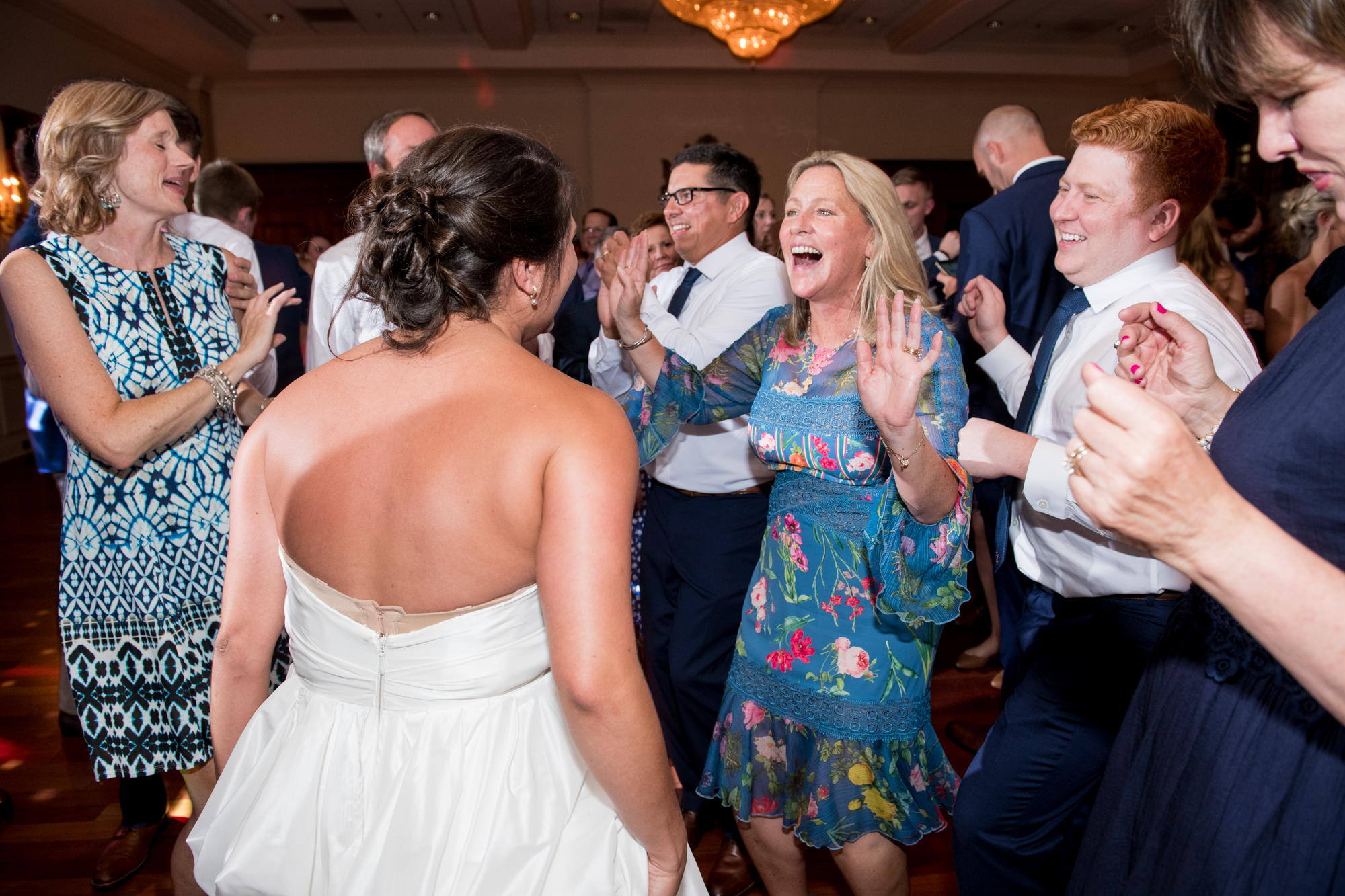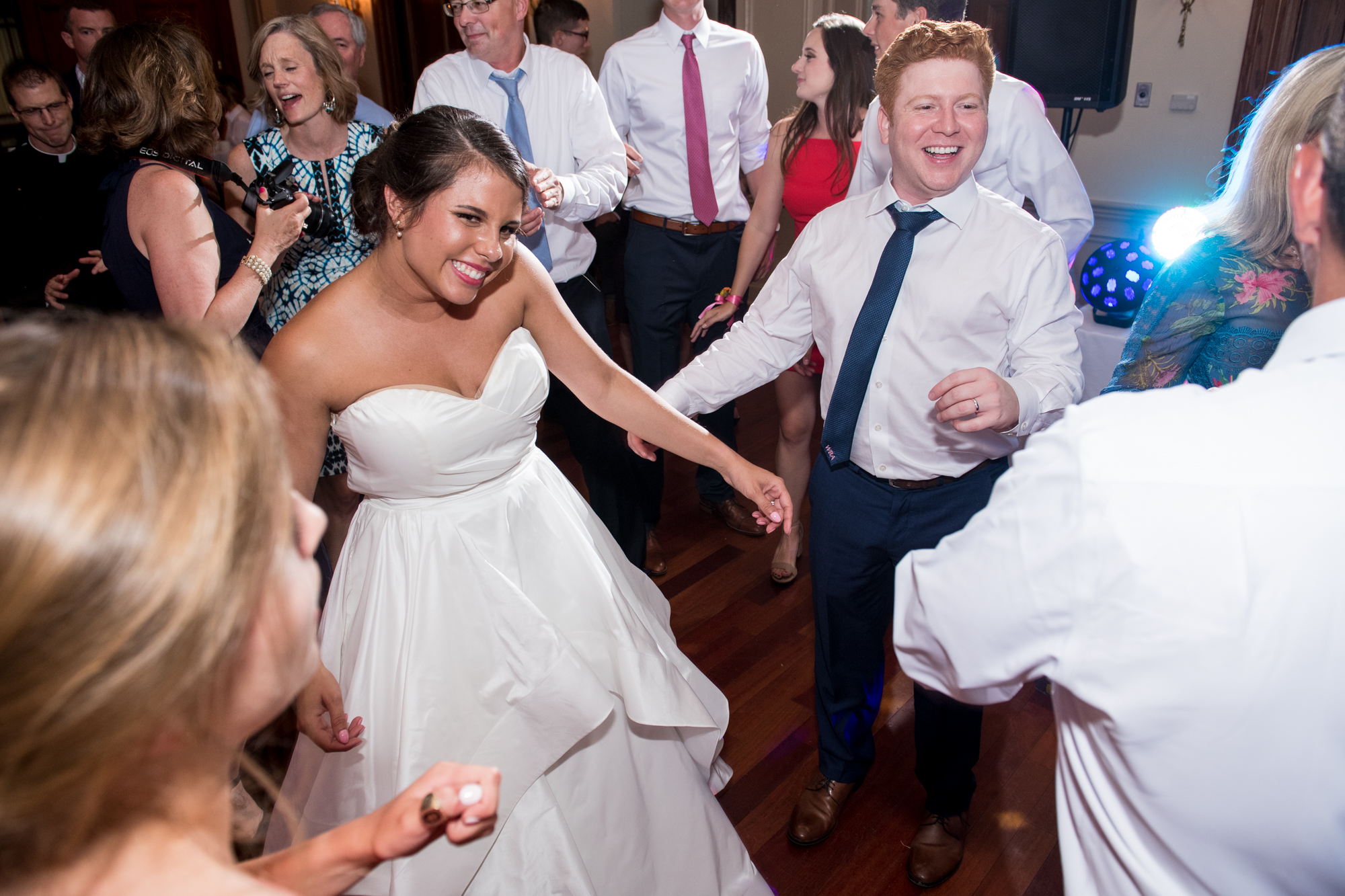My wedding photography style
It took me years before I was able to efficiently articulate what my photography style was. I knew that I always gravitated toward bright & clean colors and editing and that I preferred a classic style of both shooting and post-processing. My hope is that my wedding photos will stand the test of time, and I think by having vivid, true-to-life colors, my craft fully embraces that.
One day a couple years ago it dawned on me that color was my signature “thing.” So I started using the hashtags #thecolorfulphotographer and #mybrandiscolor. I started crafting my Instagram feed in a way that showcased the color spectrum, and began purposefully selecting my social media posts based on color usage.
Another MAJOR thing that has always been super important to me is proper skin tones. I think with many of the current photo trends, there is a tendency to have underexposed, overexposed, or orange-y/reddish skin tones. I prefer my subjects to look like themselves, and look to future generations as they actually did on their wedding day. A huge part of getting skin tones right is properly exposing the image in the first place. I have trained myself to shoot with proper exposure most of the time, and that is in part due to my same-day slideshows that I set up at most of my weddings. If the images aren’t correct in camera, it’s nearly impossible to do a slideshow since there is basically no editing done to the slideshow images.
The last major component of my photography style is my use of flash. It is true that most of the wedding day is photographed with natural light, but for most receptions and family formal photos, artificial light is an absolute necessity. I firmly believe that a wedding photographer should thoroughly understand and know how to use their flash and preferably also use off-camera flash. There are so many components to a wedding and action happening in so many places (often not right in front of the photographer), that I think it is best to have your bases covered with 2-3 flashes (if not more). I take comfort in knowing that whatever is happening, I am sure to get a good photo of it because of my use of flashes.
Typically my set up at the beginning of the reception is to set up a two flashes on stands and start with one of them pointed at the doors where the bride and groom will be introduced, and then another one nearer the head table so that I can capture the action as they walk across the length of the room. Then for the toasts, I will point them about 60º from each other toward the head table and adjust slightly as each person speaks. I use a similar setup for the rest of the evening — cake cutting, first dances, dance floor photos. During the open dancing for the guests, I will move my flashes to either side of the band or DJ and then mostly take photos from the other side of the dance floor, using my on-camera flash as fill light. Without getting too technical, off-camera flash is great way to maintain the ambiance of your reception space in your photos while still being able to see the people in the photos thanks to the flashes.
0 Likes Share





